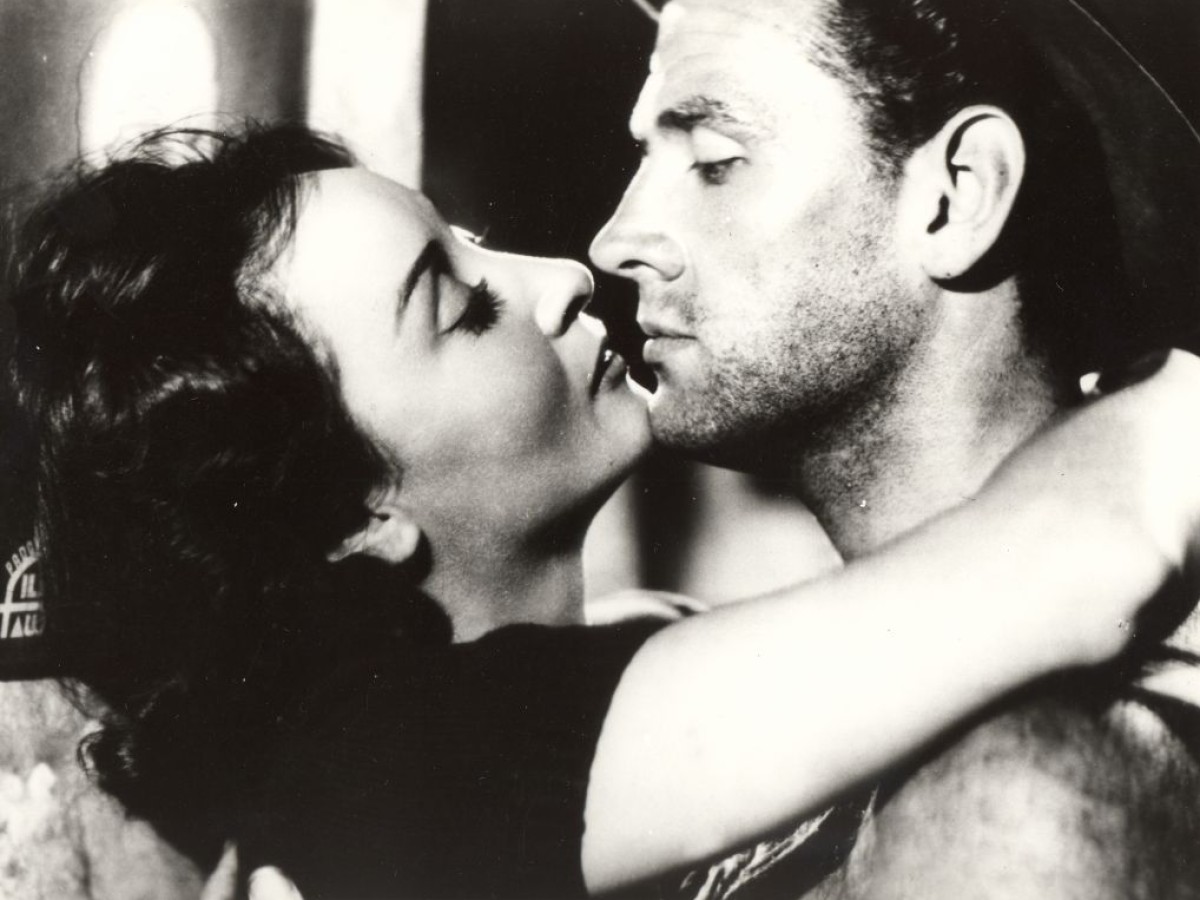Festival du Film Maudit
Biarritz 1949
June 5 to 15, 2009
"The time has come to honour the masterpieces of film art which have been buried alive, and to sound the alarm. Cinema must free itself from slavery just like the many courageous people who are currently striving to achieve their freedom. Art which is inaccessible to young people will never be art." (Jean Cocteau, 1949)
After the end of World War II, the Ciné-club Objectif 49 was founded in Paris. Its members, including Jean Cocteau, Henri Langlois and, as honorary member, Orson Welles, had taken up the cause of propagating a new cinema avant-garde. They were supported by several writers, filmmakers and critics who had joined together under the label of Nouvelle Critique, including André Bazin, Raymond Queneau, Jean Grémillon, Alexandre Astruc and Roger Leenhardt. This loosely-bound group devised a plan to stage an independent festival in Biarritz in the summer of 1949; it was to roll out the red carpet for Cinéma maudit, in a nod to Mallarmé's term poètes maudits, the accursed poets.
With this festival, the established representatives of Nouvelle Critique intended to “measure, with purity and frenzy, the current battle lines on the field of cinematographic intelligence and sensibility”. They were also aiming for an exchange of ideas with a group of young cinephiles whose names were known to very few at the time: François Truffaut, Jacques Rivette, Jean-Luc Godard, Claude Chabrol, Eric Rohmer and Jean Douchet. The announcement of the event, which was to be both urbane and confrontational, was akin to a cult promise: Biarritz would become a test site to roam with one’s accomplices, in order to track down a new spirit in film, which didn't necessarily have to reveal itself only in the current production. What were the films maudits, the accursed films of 1949? A glance at the programme provides information: Kuhle Wampe by Slatan Dudow, Lumière d'été by Jean Grémillon, Fireworks by Kenneth Anger, films by Jean Renoir, Clifford Odets, Jean Rouch, John Ford and Helmut Käutner, Les Dames du Bois de Boulogne by Robert Bresson, Ride the Pink Horse by Robert Montgomery and L'Atalante by Jean Vigo, plus some ten additional films. Many of these titles and names have long since become indisputable standard works in film history.
The festival took place in the luxurious venue of the Casino on the Atlantic coast from July 29 to August 5. „A doorman politely checked all guests and detained or turned away those who didn’t belong or were improperly attired. Some of the people who clearly didn’t belong were Rivette, Godard, and Truffaut. All under twenty years old, ‘bohemian’, and vociferous, they started a scene with the doorman until the timely arrival of Cocteau, dressed in tails. He shepherded his young friends in with a wave of his hand and, as president of the festival, succeeded in holding together, or at least at a safe distance, the aristocracy on one hand and the young Turks on the other.” (Dudley Andrew)
The Biarritz festival had long-lasting effects on the intellectual appreciation of film. It also represents a founding myth for a new cultural phenomenon: French cinephilia. In a genealogy of French film culture, Biarritz 1949 could be seen as a “garden of intertwining paths” (Jorge Luis Borges) – a historical constellation that inevitably leads to questions about canon formation and the creation of legends.
The reconstruction of the "Festival du Film Maudit" will take place almost exactly 60 years after the event. It consists of 16 films and has been curated by Ralph Eue.
